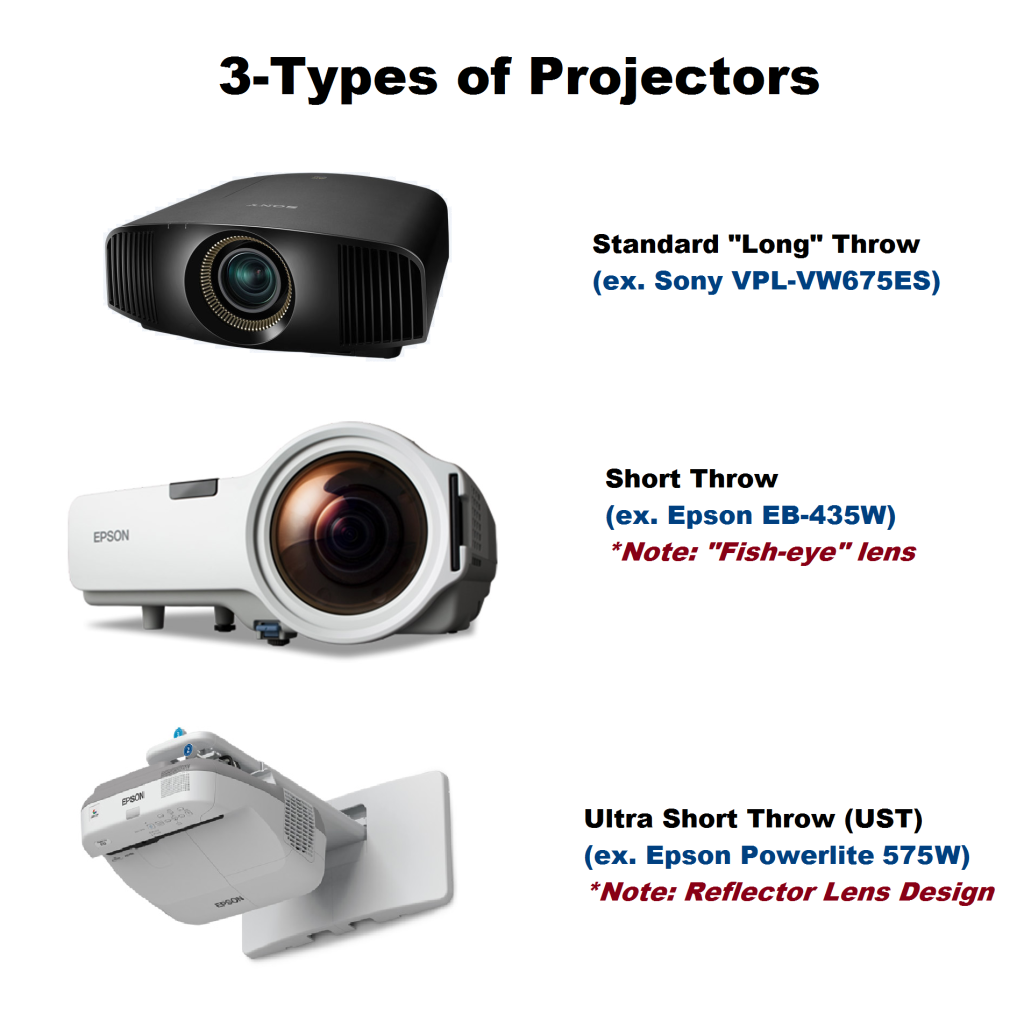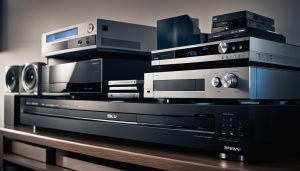Projectors: What They Do, How They Work, Applications, and Safe Usage Tips

Projectors are versatile devices that have become essential in various environments such as homes, schools, offices, and entertainment venues. They allow users to display images or videos on a large screen, making them ideal for presentations, movie nights, and even gaming. In this article, we will explore what projectors do, how they work, their applications, and how to use them safely.
1. What Do Projectors Do? (Introduction, Common Types, and Uses)
A projector is a device used to project an image or video onto a screen, wall, or other surfaces. They are most commonly used in educational, business, and home entertainment settings to display large-scale visuals for audiences. Projectors allow for an immersive experience, whether for learning, presenting, or entertainment purposes.
Common Types of Projectors:
- LCD Projectors (Liquid Crystal Display): These projectors use liquid crystals and light sources such as lamps or LEDs to project images. They are widely used for presentations and home entertainment.
- DLP Projectors (Digital Light Processing): DLP projectors use micro mirrors to reflect light, producing sharp images and are known for their high contrast and color accuracy.
- LED Projectors: These projectors use LED light sources instead of traditional lamps, offering a longer lifespan and better energy efficiency.
- Laser Projectors: These are high-end projectors that use laser light for a brighter and clearer image. They are often used in large venues and movie theaters.
Applications of Projectors:
- Home Entertainment: Projectors are commonly used for watching movies, TV shows, and gaming on large screens.
- Business and Education: They are essential in presentations, meetings, classrooms, and conferences.
- Event Spaces and Theaters: Large-scale projectors are used in cinemas and for projecting visuals in outdoor or large event spaces.
2. How Do Projectors Work? (Principle of Operation and Key Components)
Projectors function by taking a visual signal (like a video, image, or presentation) from a source device and projecting it onto a screen using a combination of light and lenses. Here’s a breakdown of the working principle:
Key Components of a Projector:
- Light Source: The light source (such as a bulb, LED, or laser) provides the illumination needed to create the image. This light is typically bright and powerful enough to project the image onto a large surface.
- Display Panel: The display panel is the component that creates the image to be projected. It could be an LCD panel, DLP chip, or LCoS (Liquid Crystal on Silicon) chip, depending on the type of projector.
- Lenses: Lenses focus and magnify the image, allowing it to be projected onto the screen or wall at the correct size.
- Cooling System: Projectors generate a lot of heat, so they are equipped with a cooling system to prevent overheating. Fans and heat sinks are commonly used.
- Inputs: Projectors usually have HDMI, VGA, or USB ports to connect to various devices like laptops, smartphones, or DVD players.
How It Works:
- Image Creation: The projector receives an image or video signal from a connected device, such as a laptop or smartphone.
- Light Projection: The light source illuminates the display panel, which is responsible for displaying the image.
- Magnification and Focus: The image is then magnified and focused by the lenses to project the image on the screen or wall.
- Display: The final result is a sharp, clear image that can be viewed by an audience.
3. Where Are Projectors Used? (Practical Applications)
Projectors are used in a variety of environments, each with unique needs for visual presentation. Their ability to display large-scale images makes them highly versatile.
Common Uses of Projectors:
- Home Entertainment: Projectors are used in home theaters to create a cinema-like experience by projecting movies, TV shows, or video games on large screens.
- Business Presentations: In professional settings, projectors are used for presentations, meetings, and conferences, allowing large groups to view visual content such as slideshows and videos.
- Educational Environments: Teachers use projectors in classrooms to display learning materials and multimedia content to students. Projectors are also used in online teaching setups.
- Event and Conference Spaces: Projectors are used in large venues such as concert halls, theaters, and outdoor events to project visuals for the audience.
- Digital Signage: Businesses often use projectors for digital signage in retail stores, exhibitions, and public spaces to display advertisements or information.
Real-Life Applications:
- Movie Nights: Enjoy a home theater experience by using a projector to display movies on a large screen or blank wall in your living room.
- Business Presentations: Use a projector to present your slides or videos in a meeting, allowing everyone in the room to see the content clearly.
- Classroom Learning: Teachers can project lessons and educational videos to help students engage with the material in an interactive way.
- Live Events: For large gatherings, projectors can display live feeds, advertisements, or video content for the audience, making events more immersive.
4. How to Use Projectors Safely (Safety Tips and Important Considerations)
While projectors are generally safe to use, following proper safety guidelines is essential for preventing accidents and ensuring the longevity of the device.
Safety Tips for Using Projectors:
- Proper Ventilation: Projectors can generate significant heat during operation. Ensure the device has adequate ventilation to avoid overheating. Never block the air vents.
- Use Correct Power Supply: Always use the recommended power supply for your projector. Using incorrect voltage or power adapters can cause damage to the projector.
- Avoid Direct Eye Exposure to Light: The light emitted by projectors, especially high-intensity lamps or lasers, can be harmful if directed into the eyes. Always position the projector to avoid direct eye exposure.
- Proper Placement: Place the projector on a stable surface to avoid it tipping over. Also, ensure the projection surface is flat and clean to ensure optimal image quality.
- Clean the Lens Regularly: Dust can accumulate on the projector lens, affecting image quality. Regularly clean the lens with a soft cloth to maintain clarity.
- Turn Off When Not in Use: When not in use, turn off the projector to prevent overheating and conserve energy. It also helps extend the lifespan of the projector’s components.
Important Considerations:
- Placement and Focus: Ensure that the projector is placed at the correct distance from the screen and adjusted for optimal focus. Improper placement can result in blurry images.
- Cable Management: Keep cables organized and prevent tripping hazards by securely managing power and connection cables.
- Battery Care (for Portable Projectors): If you’re using a portable projector, make sure to charge it properly to maintain battery health and avoid overcharging.
Conclusion
Projectors are versatile and essential tools in various environments, from home theaters to classrooms and business meetings. Understanding how they work, their applications, and how to use them safely will help ensure you get the most out of your projector. Whether you’re enhancing your home entertainment system or delivering a presentation, a projector can offer a powerful solution for creating large-scale, engaging visuals.







